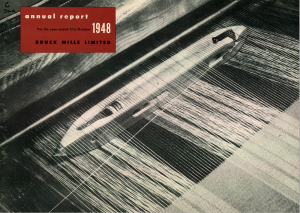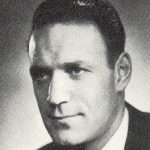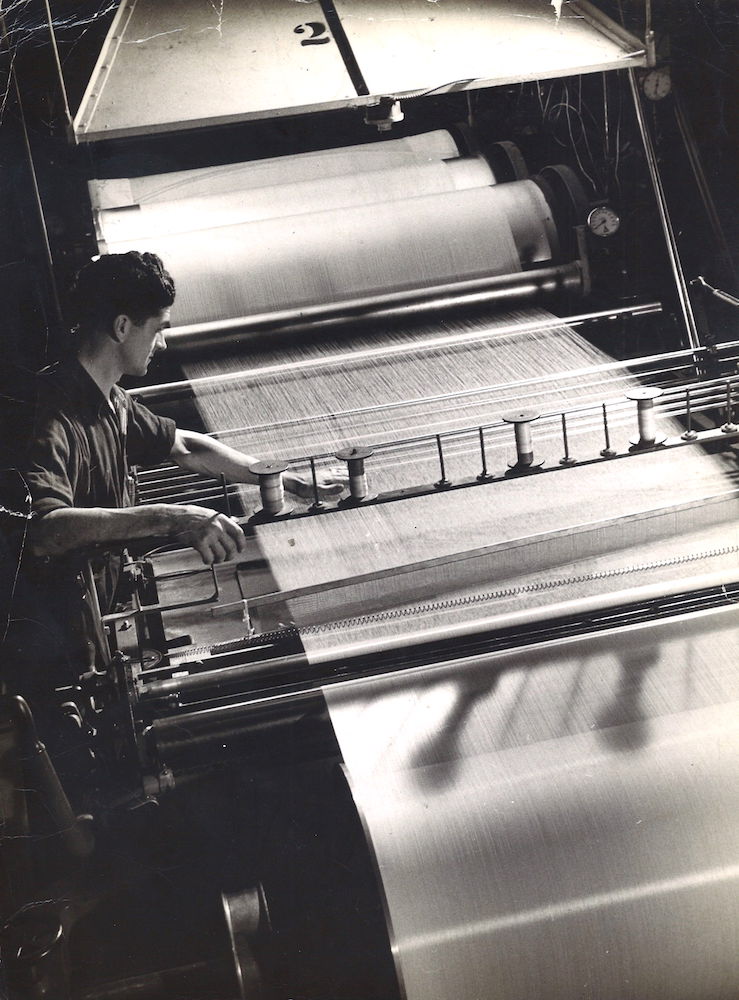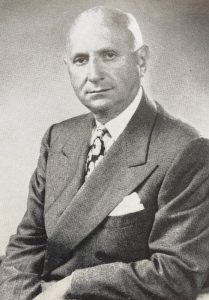Succession and new era: Gerald Bruck takes the helm
Change of name, change of guard
Following industry trends, the mill gradually replaces its production of natural silk fabrics with synthetic fabrics such as rayon and nylon. Bruck Silks Mills changes its name to Bruck Mills in 1948 to better reflect this transformation. In December of that year, Isaac Bruck dies at the age of 63. His son, Gerald, succeeds him as president and his second son, Robert, as vice-president.
A respected leader
Gerald L. Bruck was born in 1915 in New York. He graduated from the University of Virginia and served in the Royal Canadian Air Force during the Second World War. Taking the helm of Bruck Mills at the age of 36, he brings a new impetus for modernization which keeps the company at the top of the industry. The looms become increasingly efficient and new dyeing methods contribute to the increase in production.
Gerald Bruck is known for his leadership in defending the interests of the Canadian textile industry. He represents it primarily as president of the Canadian Textiles Institute and the Silk and Rayon Institute. An attentive and respected boss, “Mr. Gerald”, as his employees call him, is also a painter in his spare time. As a patron of the arts and a collector, he co-founds the Cowansville Art Center in 1956. He will remain president of Bruck Mills until 1973.
Robert J. Bruck, second son of Isaac Bruck, serves as vice-president of export and is a member of the board of directors of Bruck Mills Australia. He works mainly from the company’s head office on Chabanel Street in Montréal, where the sales and marketing department is also located.
A pioneer in the Canadian silk industry, the family business once again distinguishes itself by using innovative weaving techniques. Among other things, it is the first to use the embossing technique, moiré printing, and screen printing as well as Jacquard looms.
“We were making crepe and viscose products and there were a lot of operations just to prepare the yarn and get it to the weaving mill. It was very labour intensive and a big part of the production. These fabrics were very popular and were mainly used for ladies’ dresses.”
– Gilles Daudelin, former employee and graduate of the Institut des textiles de Saint-Hyacinthe







